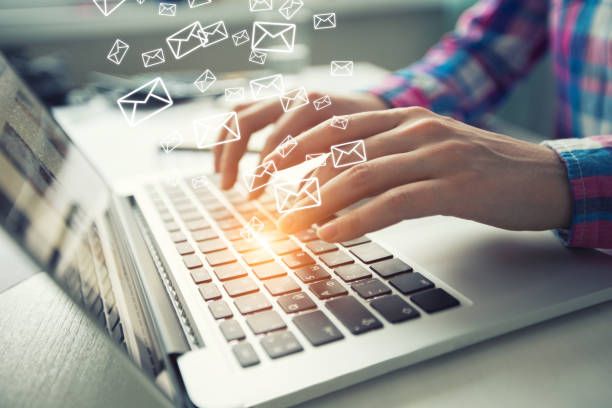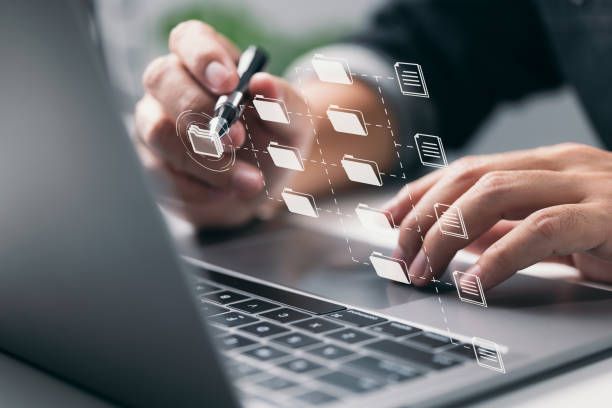In today's fast-paced professional world, effective communication is key to building successful relationships and achieving your goals. Email quick checks play a vital role in maintaining prompt and efficient communication with colleagues, clients, and contacts. By mastering the art of email quick check, you can streamline your email interactions, improve response rates, and enhance your overall productivity. In this comprehensive guide, we will explore the strategies, best practices, and alternatives to "just checking in" emails, empowering you to communicate effectively and foster meaningful connections.
Understanding Email Quick Check
Email quick check refers to the practice of sending concise and focused emails to quickly gather information or request updates without burdening recipients with lengthy messages. This approach respects the time and attention of both parties involved in the email exchange and encourages prompt responses. Mastering the art of email quick check involves crafting concise yet informative emails that convey your message effectively while maintaining a professional tone.
Strategies for Effective Email Quick Check

Be Clear and Concise
When composing an email quick check, it's essential to be clear and concise in your message. State your purpose upfront and use straightforward language. Avoid unnecessary details or rambling paragraphs that can overwhelm the recipient and dilute your message.
Use a Descriptive Subject Line
A well-crafted subject line can significantly impact the response rate of your email. It should provide a clear indication of the email's purpose or urgency. A descriptive subject line captures the recipient's attention and encourages them to prioritize and respond to your email promptly.
Structure Your Email Effectively
Organize your email in a logical and structured manner to ensure clarity and ease of understanding. Use short paragraphs and bullet points to break down information, making it easier for recipients to grasp the main points quickly. Consider using headings or subheadings to guide the recipient's attention to specific sections.

Highlight the Required Action or Response

If your email quick check requires a specific action or response from the recipient, clearly highlight it in the body of the email. Use direct language and, if necessary, specify a deadline or timeframe to convey the urgency or importance of the requested action.
Be Polite and Professional
Maintaining a polite and professional tone is crucial in all email communications. Even in quick check emails, ensure that your language is respectful and courteous. Use appropriate salutations and thank the recipient for their time and attention.
Alternatives to "Just Checking In" Emails
While "just checking in" emails can sometimes be perceived as generic and lacking substance, there are alternative approaches that can foster more engaging and effective communication. Consider the following alternatives:
Provide Value-Added Updates
Instead of a generic check-in, share valuable information or updates related to the recipient's interests or needs. This can include industry news, relevant articles, or resources that align with their professional goals. By providing value in your emails, you demonstrate your thoughtfulness and establish yourself as a trusted source of information.
Offer Assistance or Support
Rather than simply checking in, offer assistance or support to the recipient. Identify areas where you can provide value or help them overcome challenges. This approach shows genuine interest in their success and fosters a collaborative relationship.
Share Relevant Insights or Ideas

Engage the recipient with relevant insights or ideas related to their work or industry. This can spark meaningful conversations and demonstrate your expertise and proactive approach. By sharing valuable insights, you position yourself as a valuable resource and increase the likelihood of a response.
Request Specific Feedback or Input
If you need feedback or input from the recipient, be clear about your expectations and provide the necessary context. Frame your request in a way that shows you value their opinion and expertise. This targeted approach generates focused responses and helps move the conversation forward.
Commonly Asked Questions
How can I ensure my quick check emails are effective?
To ensure the effectiveness of your quick check emails, focus on clarity, conciseness, and relevance. Craft your message thoughtfully, keeping the recipient's needs and interests in mind. Use a descriptive subject line and structure your email in a logical manner. Remember to maintain a polite and professional tone throughout.
Should I follow up if I don't receive a response to my quick check email?
If you don't receive a response to your quick check email within a reasonable timeframe, it's appropriate to follow up. However, be mindful of the recipient's workload and priorities. Send a polite and concise follow-up email, restating your request or question and reiterating your appreciation for their time and attention.
Are there situations where quick check emails are not appropriate?
While quick check emails can be effective in many situations, there may be instances where a more detailed or personalized approach is required. For complex or sensitive matters that require in-depth discussion, it's advisable to schedule a meeting or phone call rather than relying solely on email communication.
Conclusion
Mastering the art of email quick check is a valuable skill that can greatly enhance your professional communication. By focusing on clarity, conciseness, and relevance, you can streamline your email interactions, increase response rates, and foster meaningful connections. Explore alternative approaches to "just checking in" emails and experiment with providing value, offering assistance, and sharing insights. With these strategies in place, you'll be well-equipped to communicate effectively, build stronger professional relationships, and achieve your goals with confidence.

